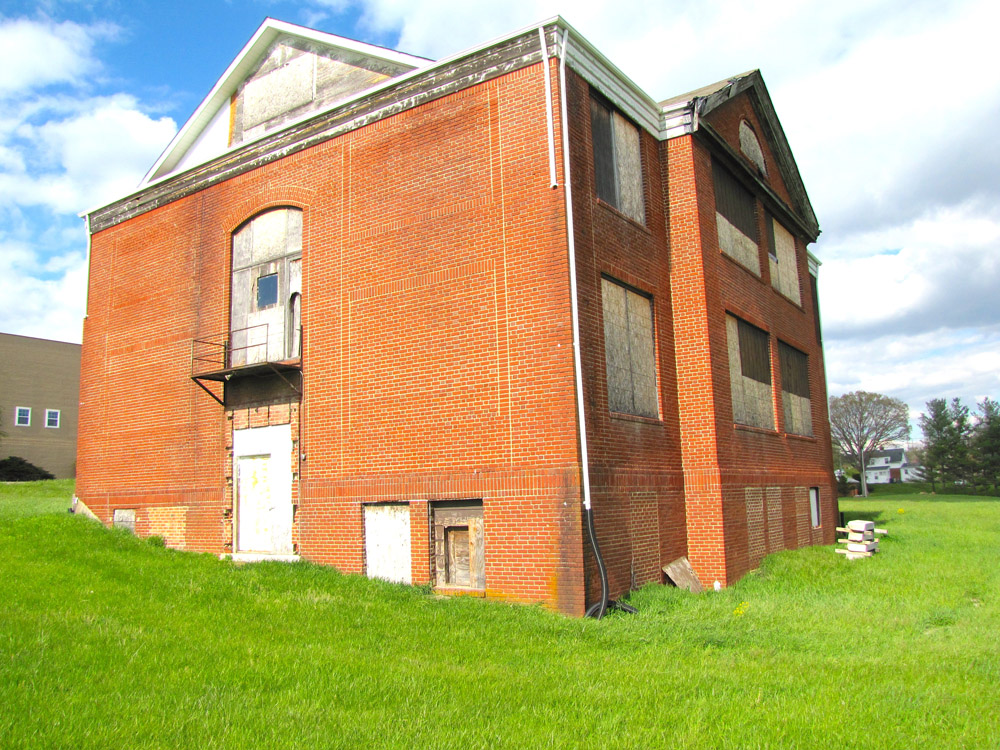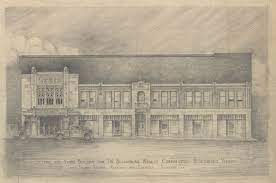Montgomery County’s History Highlights
With Virginia’s Jamestown Settlement – the nation’s first – just to the east, you might expect that Montgomery County boasts a rich history dating back to the country’s earliest years. You would be correct. In the mid-1650s, Abraham Wood was the first European-American to explore the New River Valley and the area that would later become Montgomery County.
To discuss all that happened in the region since then is far too much to cover in this brief article, so here are five significant events in the history of Montgomery County to get you started on your journey through the past of the New River Valley. Go to Town!
Mary Draper Ingles
In 1755, Mary Draper Ingles and her family embraced relatively peaceful days on their Draper’s Meadow homestead, what is now present-day Blacksburg. Although the French and Indian War raged throughout the American frontier, the Draper’s Meadow community lived in somewhat harmony with the Native Americans who frequently passed through the region.
However, that all changed one day in July when many members of the settlement were killed and Mary, along with her family, were captured by the Shawnee and taken hundreds of miles into the wilderness.
Mary somehow mustered tremendous strength and courage and escaped her captors. Alone in the wilderness, Mary trekked through Kentucky, West Virginia and Virginia with her only guide being memory and significant waterways before ultimately returning home to the New River Valley.
Today, Montgomery County visitors can trace her footsteps by visiting the nearby Mary Draper Ingles Trail, a collection of sights and experiences throughout the region that honor Mary’s courageous journey.

Sisters in Black
One of the more notable tales in the history of Montgomery County is that of the Sisters in Black. The abridged version of the story goes that Martha Wardlaw inherited what had been a prestigious local school, Montgomery Female College, from her ailing sister and relocated to Christiansburg with her other sisters and family members to tend to the school.
The sisters dressed in all black, often scaring the students as other bizarre events began to unfold. The sisters’ nephew, John Snead – who had a sizable insurance policy – first fell off a train travelling from his home in Tennessee to Christiansburg. Later, as if the train incident weren’t enough, John nearly drowned after falling into a cistern. But just weeks later, John died in a bizarre fire as his room was ablaze, and his bedclothes soaked in kerosene.
The sisters were never charged for their suspected crime. Well, not in Virginia anyway.
Christiansburg Industrial Institute
Established in 1866, Christiansburg Industrial Institute was the first southwestern Virginia high school to educate formerly enslaved peoples. For 100 years, the Institute served African Americans across the state of Virginia.
Today, Christiansburg Institute honors the Institute’s 100-year legacy of African American education and empowerment through storytelling, community outreach and education, and historic preservation. The Edgar A. Long building is the last remaining structure from the original 185-acre Christiansburg Institute campus, and is currently under renovation to include a multi-platform museum exhibit showcasing Christiansburg Institute’s material and cultural history, and African American history throughout the South.

Additionally, Christiansburg Institute has revived the ECHO newspaper, originally published by the students of the Institute’s print shop, to serve as its own official newsletter. The online newsletter can be viewed on Christiansburg Institute’s website.
Lewis Miller
A local folk artist from the 1800s who is revered for his sketches and paintings that visually captured everyday events throughout history, Lewis Miller is one of the most noteworthy artists associated with the New River Valley. Miller was first recognized by historians for his depictions of everyday life and insight into local culture and customs. However, the art community later began to celebrate Miller’s work as well.
Visitors can observe many of his works with a stop at the Montgomery Museum of Art and History in Christiansburg. In addition to Lewis’ works, the museum features exhibits detailing the history of Christiansburg. The museum also is home to an extensive library of historic books, newspapers and photos that all help to tell the story of the New River Valley.
The Preston Family and Virginia Tech
Perhaps no greater family has made a more significant impact on the New River Valley than the Prestons, given their association with the establishment of Virginia Tech.
The Preston and Olin Institute, a Methodist academy for boys, was established in 1851 in Blacksburg. The Institute was named after Stephen Olin, a minister and former president of Randolph-Macon College, and Colonel William Ballard Preston, a well-known Montgomery County businessman, farmer and politician. Later in 1872, the Institute was financially struggling and was subsequently purchased by the Virginia General Assembly under the Morrill Act of 1862. The same year, the Commonwealth acquired 250 acres of land from the adjacent Solitude Farm from Robert Taylor Preston, son of Virginia Governor James Patton Preston.
With this swath of land, including the house and several buildings that sat upon it, the Commonwealth formed the Virginia Agricultural and Mechanical College, now known as Virginia Tech, and the first student enrolled on October 1, 1872.

Today, visitors can visit the original Preston family home – now a museum house – at Historic Smithfield, just outside the Virginia Tech campus.
If you would like to learn more about the rich history of Montgomery County and the New River Valley, check out Virginia’s Montgomery County published by the Montgomery Museum of Art and History – a 700-page collection of essays, photos and insights dedicated to the region’s past. Or Go to Town! and explore Montgomery County history first-hand with a visit to the New River Valley.





